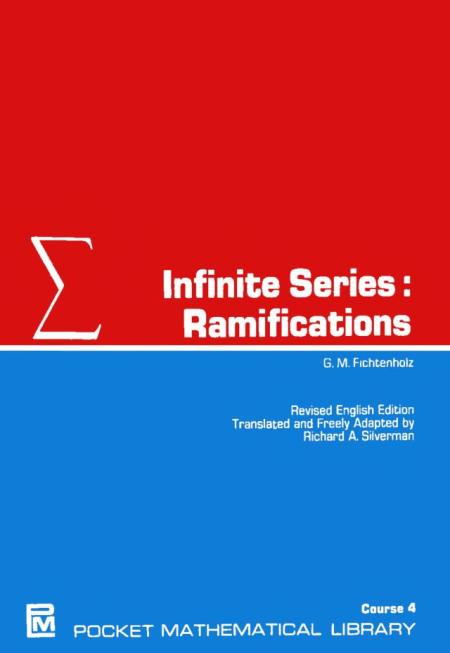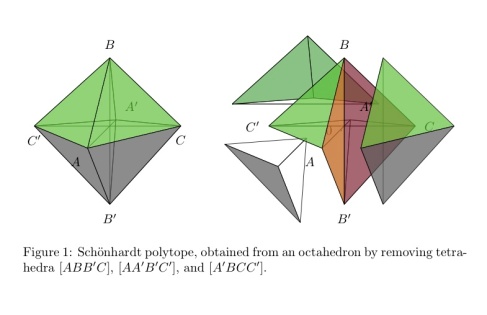In this post, we will see the book Infinite Series Ramifications by G. M. Fichtenholz. This book is the Course 4 of the Pocket Mathematical Library series.
About the book
The present volume of The Pocket Mathematical Library continues the study of infinite series begun in its companion volume Infinite Series: Rudiments, by the same author. Together the two volumes give a detailed treatment of the theory of numerical series, i.e., infinite series whose terms are numbers. The picture is then completed by a third volume, entitled Functional Series, which, as its name implies, is devoted to the study of infinite series whose terms are functions. The set of three volumes makes up a comprehensive treatise on all aspects of a key topic of pure and applied mathematics.
As in the companion volume, the problems appearing at the end of each section constitute an important part of the course, and…
View original post 207 more words

